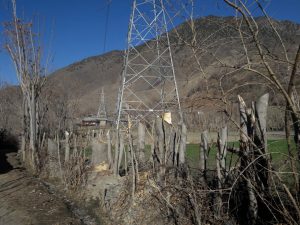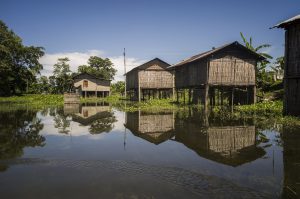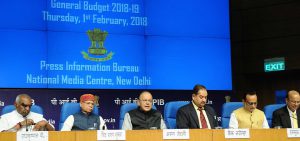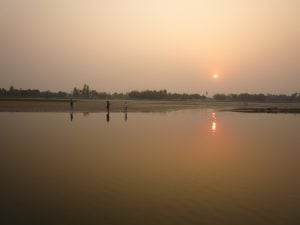While India tries to move towards renewable energy to meet its Nationally Determined Contribution under the 2015 Paris climate agreement, around 23% of its villages remain without electricity and 66% of its population don’t have access to clean cooking fuels or stoves.
The situation is critical in India’s most populous state, home to more than 200 million, where only 52.41% of rural households have bare minimum access to electricity as per the standard definition for household electrification. It is hardly any better in Bihar, with 55.76% of rural households in this situation, followed by 53.77% percent in Assam. The worst metric is that of Jharkhand, where and 45.17% households are electrified.
In all, around 304 million people are still living without electricity in various parts of India.
NGOs have played a stellar role in filling this gap with clean energy, mainly through community-run decentralised off-grid electricity generation models. In doing so, they have been pioneers in advocating the concept of energy democracy in India, and have made residents the planners and decision-makers on how to generate and use energy that is local and renewable.
Successful models
Greenpeace India – in association with local NGOs like BASIX and Centre for Environment and Energy Development (CEED) – has been working in the field of energy access for several years. They have showcased successful decentralised rural electrification models like that of Dharnai village in Jehanabad district of Bihar.
Being electricity-deprived for the last 30 years, this village finally got its own grid in 2014 with the establishment of a 100 kilowatt (kW) solar-powered micro-grid that has been able to supply electricity to 400 households, 50 commercial establishments, two schools, 60 street lights and two government-run centres.
Moreover, this plant provides 24×7 access to electricity throughout the year, and has successfully challenged the government’s centralised electricity generation model. Dharnai is also the first village in India being totally powered by solar energy.
“Such kind of micro-grids has direct benefit to the community where they can control their energy resources and manage their lives in terms of social and economic development,” says Ruhie Kumar, Head of Renewable Energy Campaign, Greenpeace India.
Swayam Shikshan Prayog (SSP) has been a pioneer in rolling out a clean energy programme called the Partnership on Women’s Entrepreneurship in Clean Energy (wPOWER). This programme meets energy needs of deprived communities through women entrepreneurs called Sakhis, who provide clean energy solutions to people in underserved villages of Bihar and Maharashtra.
Until now, SSP has been able to recruit and train 1,010 women under wPOWER as clean energy entrepreneurs who market and sell clean energy products like cook stoves, water treatment plants, solar water heaters, solar lanterns, biogas plants and others.
Apart from marketing development, SSP also provides these Sakhis customised entrepreneurship development programmes, while rural youth are trained as clean energy technicians to take care of after-sales service.
Through the consistent efforts of SSP these over-a-thousand women entrepreneurs have been able to reach out to over 200,000 households across eight districts in Maharashtra and Bihar by 2016.
“The women entrepreneurs trained by the Swayam Shikshan Prayog have placed the issue of clean energy at the centre of community development by motivating and converting all households in the village into clean-energy users. Once the communities become motivated and adopt clean energy technologies, they begin to transform their villages from non-users to adopters and promoters of clean energy,” says Prema Gopalan, Secretary, SSP.
SSP won one of the 2016 Momentum for Change Lighthouse awards by the UN Framework Convention on Climate Change for effectively implementing this innovative clean energy programme that also promotes women empowerment.
There are several other NGOs working in one way or another to provide decentralised off-grid electrification solutions, specifically in rural and deprived parts of India.
While organisations like Pradan are directly involved in establishment of micro solar grids that aim to electrify 500 indigenous rural households at Gumla and Khunti districts in Jharkhand, organisations such as CUTS International are involved in sensitisation efforts that aim to provide a policy roadmap to move towards more sustainable, green and decentralised renewable energy integration mechanisms.
Way ahead
Nevertheless NGOs only have a limited role. They can be catalysts at best. A lot more needs to be done to scale up decentralised green energy models. Stakeholders have to be found at all levels, from residents to entrepreneurs, financiers and policymakers, and a high level of cooperation among them is essential. Above all, such decentralised clean energy solutions work only when the residents feel a strong sense of ownership and participate enthusiastically in the project.
![<p>An SSP-trained Clean Energy Entrepreneur [image courtesy: SSP]</p>](https://dialogue.earth/content/uploads/2018/01/SSP.jpg)







